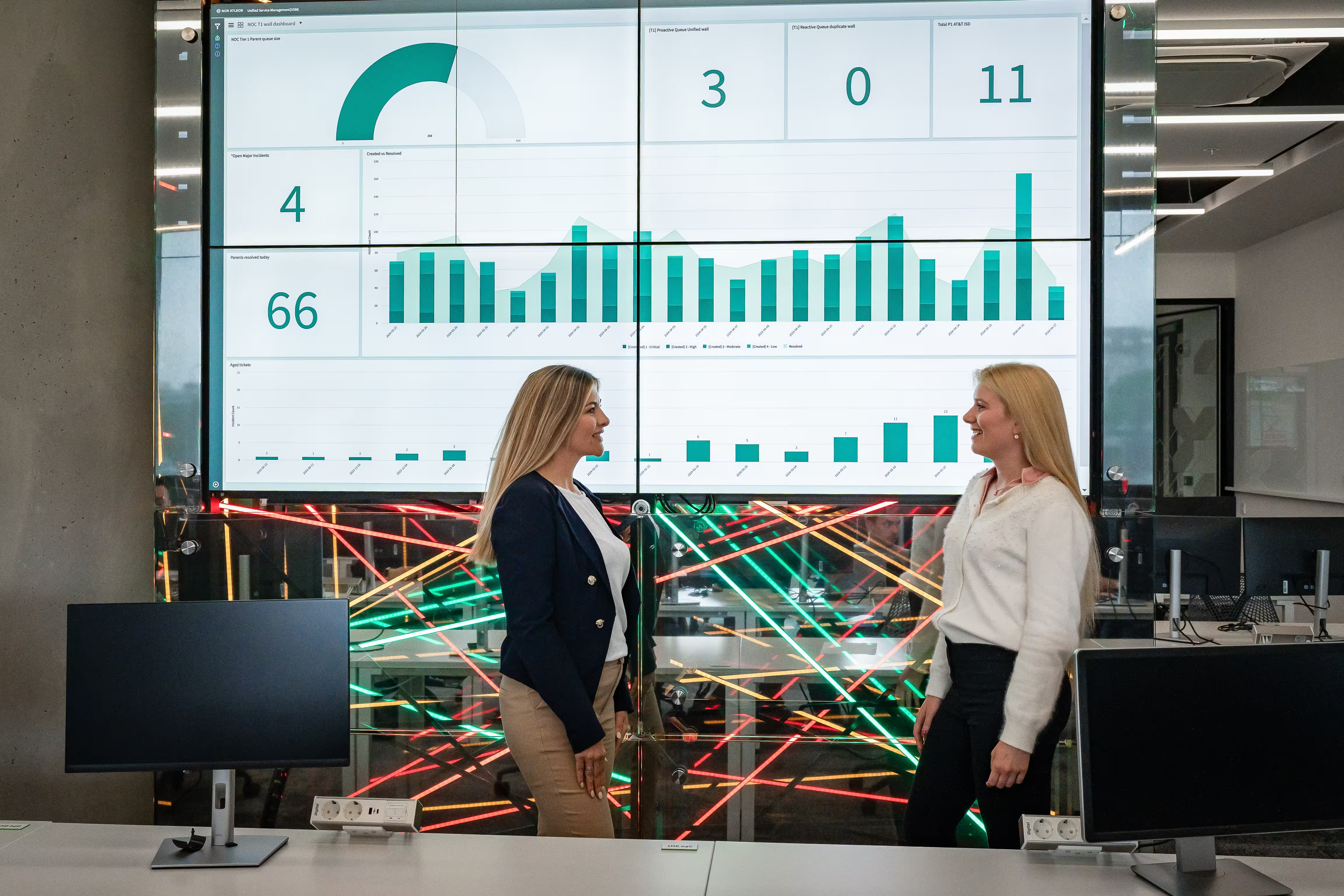Is 2021 the year the financial industry embraces contactless?
The use of contactless tools and technology has been key to business continuity during the pandemic, from transacting and making purchases to scheduling services and maintaining life in general. All industries have looked at how they engage with customers, and forward-thinking businesses have made aggressive moves to become contactless and digital-first. These trends are supported by data from the Mercator Advisory Group in their report.
According to Forbes, overall use of contactless payments in the U.S. has risen 150% since March 2019.
Changing the way we dine and shop
Lockdowns and social distancing have led restaurants to adapt their business models "to stay open by accelerating mobile ordering, payment, delivery, and scheduling.
As we come out of the pandemic, these restaurants are keeping their contactless ordering options, thanks to the convenience they offer. And as more dining rooms reopen at 100 percent capacity, pay-at-table is poised to become a more frequent contactless payment option. Why? Restaurants have seen the added benefits: greater staff productivity, fewer ordering errors, faster ordering for diners, and more payment choice and security. In fact, contactless ordering has been instrumental in removing the element with the most friction from the dining process.
Meanwhile, in grocery stores, mobile scan-and-pay apps have increased in popularity with shoppers who want to skip the checkout queue. This, plus the growth of online ordering and grocery pickup or delivery, is creating a whole new level of customer convenience.
Contactless is also opening up a significant opportunity to enhance merchant payment systems. In addition to contactless debit and credit cards, scanning QR Code or barcodes with a mobile phone provides another contactless payment option for retailers.
Also, since most scanning features are integrated within merchant mobile apps, they can provide menu ordering, loyalty programs and personalized marketing offers, helping to evolve the customer experience.
Changing the way we travel
Air travel has long been moving to a touchless customer journey; e-tickets and, more recently, mobile boarding cards have delivered a convenient, frictionless experience. But this is now beginning to expand into other domestic travel systems, such as city trams, trains and buses.
Pre-2020, these modes of travel had just started the transition from token or cash entry to contactless and prepaid. But now, domestic travel systems are accelerating touch-free transactions, from accepting contactless payment cards to mobile tickets—prepaid company cards are fast becoming a thing of the past.
And with the vaccine rollout gaining momentum, the desire to open up global travel is palpable. One emerging trend in this sector will be the issuance of mobile-based travel health passports.
What’s next for FIs—what contactless changes are in store for them?
Contactless trends are also impacting banking as more financial institutions (FIs) shift to a digital-first approach. Across all banking segments, FIs are looking for ways to transform and differentiate their capabilities to provide the best possible experience for their customers. And they’re looking for new ways to drive efficiency, scale, and modernization into their operating models—to accelerate digital transformation to boost profits and user acceptance.
Why adopt contactless?
Security: Experts generally consider NFC payments to be secure. The technology uses the same standard established by EMV chips, which the U.S. Payments Forum calls “effective at reducing fraud,” including instances of in-store counterfeit cards. And, at the ATM, contactless is the most effective way to stop card skimming because it removes the need to use the magnetic strip for authentication. With contactless and digital-first access in place, FIs can fully use e-locks for ATMs and other secure access points.
Convenience: Contactless payments are a convenient way for customers and FIs to conduct seamless, swift and socially-distant transactions. Once set up, these systems are relatively maintenance-free. And while pre-COVID-19 transaction limits slowed adoption, 49 countries increased contactless payment transaction limits since March 2019—by as much as 25 percent to 400 percent, with an average of 131 percent.
Contactless as part of the overall digital transformation strategy is no longer an option—it’s essential. As consumers adopt and enjoy the benefits of this technology, FIs need to meet customer expectations while driving business improvements in efficiency, security and customer experience.
Let’s explore what’s possible for your business. Our team is ready to connect and discuss tailored solutions that meet your goals.
Thank you for reaching out. A member of our team will be in touch shortly to continue the conversation.



.jpg)


%20(1).jpg)





%20(1).jpg)

%20(1).jpg)




%20(1).jpg)
%20(1).jpg)
%20(1).jpg)

%20(1).jpg)
%20(1).jpg)
.jpg)
.jpg)
.jpg)
%20(1).jpg)
.jpg)
.jpg)
.jpg)




.jpg)
.jpg)
.jpg)
.jpg)
